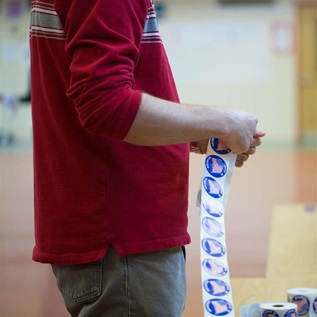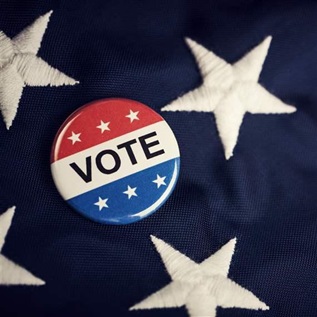David Becker: Upgrading Voter Registration
 David Becker, Director, Election Initiatives
David Becker, Director, Election Initiatives
February 28, 2012 — Approximately 24 million voter registrations in the United States—one of every eight—are no longer valid or have significant inaccuracies, according to the new report, Inaccurate, Costly, and Inefficient, from the Pew Center on the States’ Election Initiatives. Seven states are spearheading an effort, with Pew’s support, to use the latest technology to better maintain voter records, save money, and streamline processes.
David Becker, director of Pew’s Election Initiatives, answers questions about problems in the nation’s voter registration system and about collaboration among states to implement solutions.
Q. What voter registration problems did Pew’s research document?
A. We found that at least 51 million eligible citizens are unregistered—more than 24 percent of the eligible population. Nearly 2 million deceased individuals are listed as voters. Approximately 2.75 million people have registrations in more than one state. About 12 million records have incorrect addresses, meaning either the voters moved, or errors in the information make it unlikely any mailings can reach them.
Q. Are these problems leading either to fraud or to efforts to keep eligible people from voting?
A. We have not seen evidence of that. These problems really are the result of an antiquated system—one that relies almost exclusively on 19th and 20th century technologies (paper and mail) to serve a 21st century, highly mobile society.
About one in eight Americans moved during each of the 2008 and 2010 election years. Some Americans—including those serving in the military, young people and those living in communities affected by the economic downturn—are even more mobile.
One in four voters assumes that election officials or the U.S. Postal Service updates registrations automatically with each move, even though that is almost never the case, and about half of all voters don’t know they can update their registration at a motor vehicles office.
Election offices often are flooded with millions of paper registration applications from third-party voter registration drives right before Election Day, at a time when their resources are stretched the most.
Q. What are states doing to implement solutions?
A. Seven states—Colorado, Delaware, Maryland, Nevada, Utah, Virginia, and Washington—have joined together to make their lists more accurate, and we expect more states will join them before the November 2012 election.
The states’ plan is to match voter registration and motor vehicles data with other data sources that some states already use, such as national change of address data from the Postal Service, as well as other existing government databases, such as death records from the Social Security Administration. Data sharing of this type is already being done in many government offices and private companies, resulting in improved accuracy, efficiency, and cost-effectiveness.
States are also increasingly beginning to offer online registration for voters to directly input and update information in their record.
This system will minimize errors that come from manual data entry and will help states identify inaccuracies and duplication. States will also be able to identify eligible citizens who are not registered and make sure they have the information they need if they want to participate.
State leaders from both major parties are pioneering the application of these proven solutions to voter registration.
Q. Will more efficient data matching have an effect on voters’ privacy?
A. If anything, the modernized process could protect privacy better than the outdated system most states have now. Now, voters will be able to more easily input their information directly onto the lists, without need for any third parties or paper, thus having more control over all their personal information.
The new system for data matching draws on existing data bases. It was designed with the involvement of privacy and security experts and then evaluated by the Center for Democracy and Technology, a non-profit leader on issues relating to privacy protection, which determined that the system “at its core, incorporate[s] technology, policy and governance features that appropriately balance and advance the interests at stake: improving the quality of voter registration data while at the same time protecting and even improving the privacy and security of information shared across state lines for registration purposes.”
Q. Will this put an added cost burden on states at a time when their budgets are already tight?
A. Actually, it will save money for the states. We did an in-depth study of costs in one state and found that Oregon’s taxpayers spent $4.11 per active voter to process registrations in 2008. By contrast, Canada, which uses modern technology common in the private sector, spends less than 35 cents per voter to process registrations.
In the U.S., local governments that have implemented improvements are realizing returns. For example, Maricopa County, Arizona, which includes Phoenix, saved more than $1 million over five years compared to traditional paper-based registration by providing online registration, reducing the county’s dependence on paper forms and manual data entry.
While some upfront investment may be necessary, the states are likely to see immediate returns on that investment. For instance, states that built online registration systems have not only recouped their initial investment, but most have seen cost savings within just a couple of years. This new cooperative program among the states will save money while increasing accuracy, efficiency, and service to the voters.






